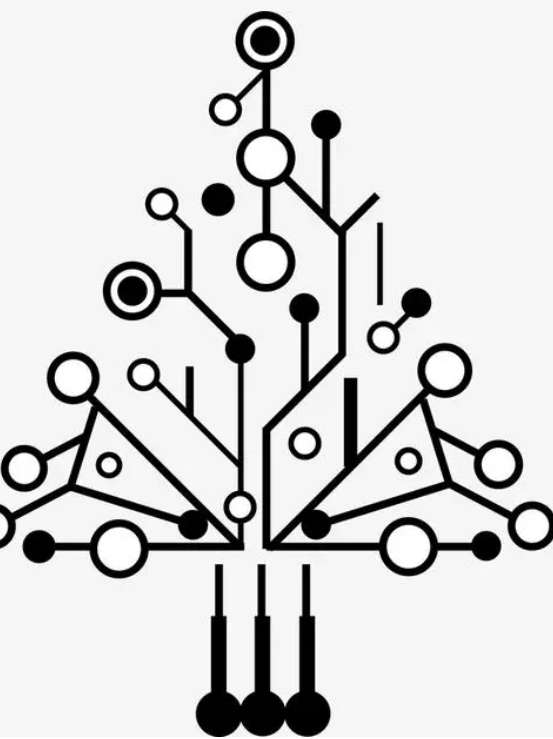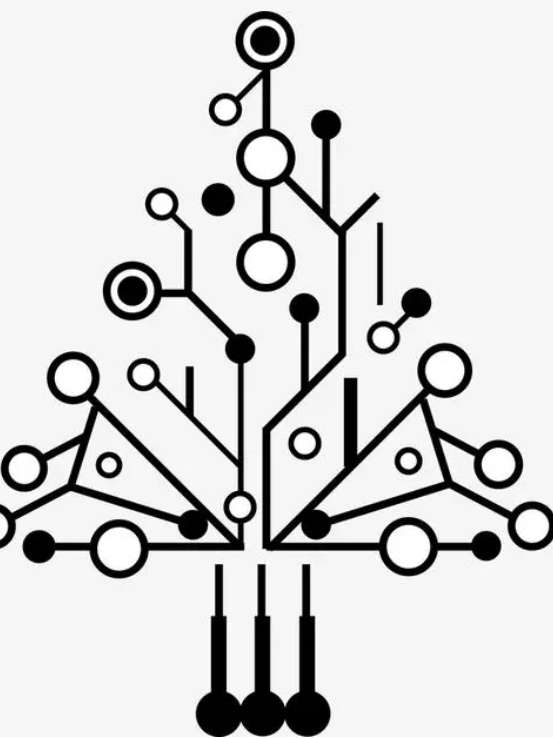
Etching quality and advanced problem analysis of PCB processing
The basic requirement for etching quality is to be able to remove all layers of copper except below the resist layer, and that is it. Strictly speaking, if it is to be defined, then the etching quality ** includes the consistency of wire width and the degree of side erosion. Due to the inherent characteristics of the present corrosion fluid, not only downward but also to the left and right direction of the etching action, so the side erosion is almost inevitable.
The problem of lateral erosion is one of the etch parameters which is often discussed. It is defined as the ratio of lateral erosion width to etching depth, which is called etching factor. In the printed circuit industry, it varies widely, from 1:1 to 1:5. Obviously, small side etch or low etching factor is desirable.
The structure of the etching equipment and the different composition of the etching solution can affect or control the etching factor or the degree of lateral erosion. The side erosion can be reduced by some additives. The chemical composition of these additives is generally a trade secret, and the respective developers are not disclosed to the outside world. As for the structure of the etching equipment, it will be discussed later.
In many ways, etching quality exists long before the printed circuit board enters the etching machine. Because there is a very close internal relationship between each process or process of printed circuit processing, there is no one is not affected by other processes and does not affect other processes. Many of the problems identified as etching quality actually exist in membrane removal and even in previous processes. The etching process of the outer layer graphics, because it reflects the "pour stream" is better than most of the printed circuit board process, so many problems are reflected in it. At the same time, this is also because etching is a self-laminating, sensitive beginning of a long series of processes in the last link, after which the outer pattern transfer is successful. The more links there are, the more likely there will be problems. This can be regarded as an important aspect of the printed circuit production process.
Theoretically speaking, the printed circuit into the etching stage, in the graphic electroplating process of printed circuit, the ideal state should be: the sum of the thickness of copper and tin after electroplating or copper and lead tin should not be the thickness of the electroplating film, so that the electroplating graphic film on both sides of the "wall" block and embedded in it. However, in reality, the printed circuit board in the world after electroplating, coating pattern is much thicker than the sensitive pattern. The problem arises in the process of plating copper and lead tin, which tends to accumulate laterally because the plating is too high for the sensitive film. A tin or lead tin resist covering the top of the line extends to both sides, forming a "rim" that covers a small portion of the sensitive film underneath the "rim".
The "edge" formed by tin or lead tin makes it impossible to remove the sensitive film when removing the film, leaving a small part of the "residual glue" under the "edge". The "residual glue" or "residual film" left behind the resist "along" will cause no etching. The lines form "copper roots" on both sides after etching, and the copper roots narrow the line spacing, resulting in printed circuit boards that do not meet the requirements of Party A, and may even be rejected. Because the rejection will make the production cost of PCB greatly increased.

In addition, in many cases, due to the reaction and dissolution, in the printed circuit industry, residual film and copper may also form accumulation in the corrosion fluid and blocked in the nozzle of the corrosion machine and acid pump, have to stop processing and cleaning, and affect the efficiency of the work.
If the conductive hole or plug-in hole side welding ring is too small, but there is enough space, do not limit the size of the welding ring side; If there is no large enough space and intensive wiring, the small unilateral welding ring shall not be less than 6mil. As the picture on the right
Aperture tolerance (machine drill)
+ / - 0.08 mm
The tolerance of drilling is ±0.08mm. For example, if the hole is designed to be 0.6mm, the finished aperture of the physical plate is acceptable in the range of 0.52--0.68mm.
Welding resistance type
Photosensitive ink
Photosensitive ink is now used much of the type, thermosetting oil is generally used in low-grade single-sided board. As the picture on the right
Small character width
6mil
Small character width, if less than 6mil, the physical board may be due to design reasons caused by unclear characters. As the picture on the right
Small character height
1 mm or higher
The height of the small character, if less than 1mm, the physical board may cause the character unclear for design reasons. As the picture on the right
Distance between cables and shapes
Acuity 0.3 mm
Gong plate shipment, line layer from the board shape line distance is not less than 0.3mm; The distance between the cable and the center line of V cutting shall not be less than 0.4mm.
Splice board: Splice board without gap
0mm gap plate
The gap between the boards is 0mm. Click for larger version
Splice board: splice board with gap
2.0mm gap plate
The gap of the gap is not less than 2.0mm, otherwise it is more difficult when the gong edge. Click for larger version
PADS manufacturer copper-paving method
Hatch copper paving
Manufacturers are using reduction copper-paving (Hatch), PADS software design customers please be sure to note. As the picture on the right
Drawing slots in Pads software
With Outline line
If there are more nonmetallic grooves on the board, please draw in outline.
Window layer in Protel/dxp software






